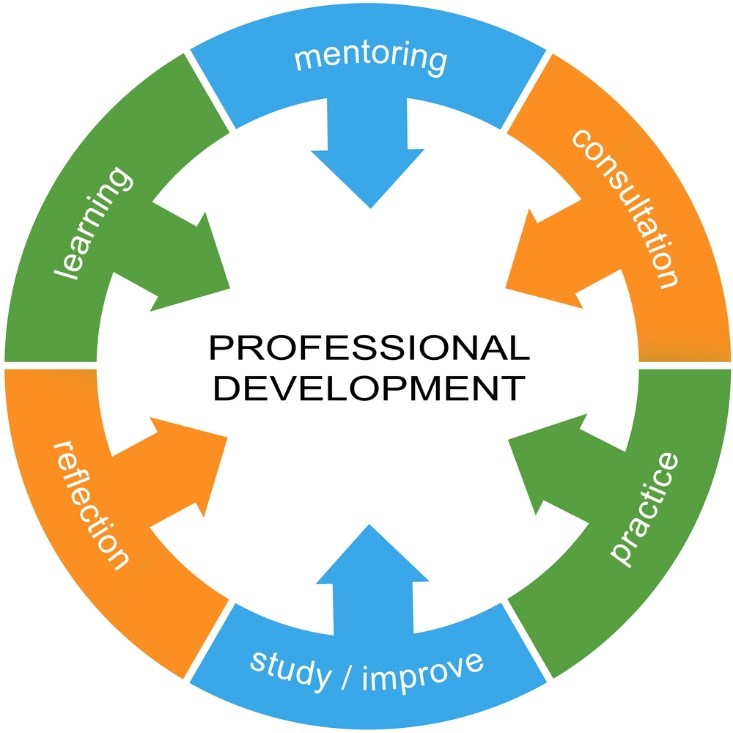
L&D in Today’s Organizations
Done right, a successful learning and development strategy sets employees and organizations up to perform at their peak. The fundamental purpose of the majority of Learning and Development (L&D) functions is to develop and maintain skills to improve career development, engagement, retention, and productivity. You want to be sure you get Corporate L&D right.
Once upon a time L&D was an underfunded, neglected arm of Human Resources because training was treated like an employee benefit or perk. Today, however, the L&D function is far more valued by most companies looking to win the war for talent and drive performance. And the research backs them up:
Unfortunately, getting a tangible return on your corporate learning investments are easier said than done. A recent ATD research study found that only 38% of managers believe that their learning programs meet their learner’s needs. That is not a surprise to us. Our own training measurement research found that only 1-in-5 participants change their on-the-job behavior from standalone training — regardless of the training quality or participant satisfaction levels.
So How Do You Get Corporate L&D Right?
Done right, corporate training should make a difference to the people AND the business. Our organizational alignment research found that relevance and meaning make the difference between average and high performance.
Create High Levels of Relevance & Meaning
Regardless of the approach that you take, a successful corporate L&D function aligns itself with the company’s business strategy, organizational culture, and talent management plans.
Employees, their bosses, and company leadership need to explicitly believe that training programs are directly linked to increased employee engagement, retention, and job performance. They also know that every employee learning interaction is a wonderful opportunity for people to deepen relationships, realign with the overall strategy, reinforce the desired company culture, and foster collaboration across functions.
Are your training programs relevant and meaningful enough in the eyes of your target audience, their bosses, and the company as a whole?
The Bottom Line
If you want your people to perform at their peak, you need to invest in reskilling and upskilling your talent to meet individual and organizational strategic goals. Corporate L&D should be a critical service to your people AND to your business. What are you doing to support your workforce and your future business success?
To learn more about how to get corporate L&D right, download The 5 Most Common Training Function Strategies and Key Mistakes to Avoid
Explore real world results for clients like you striving to create higher performance